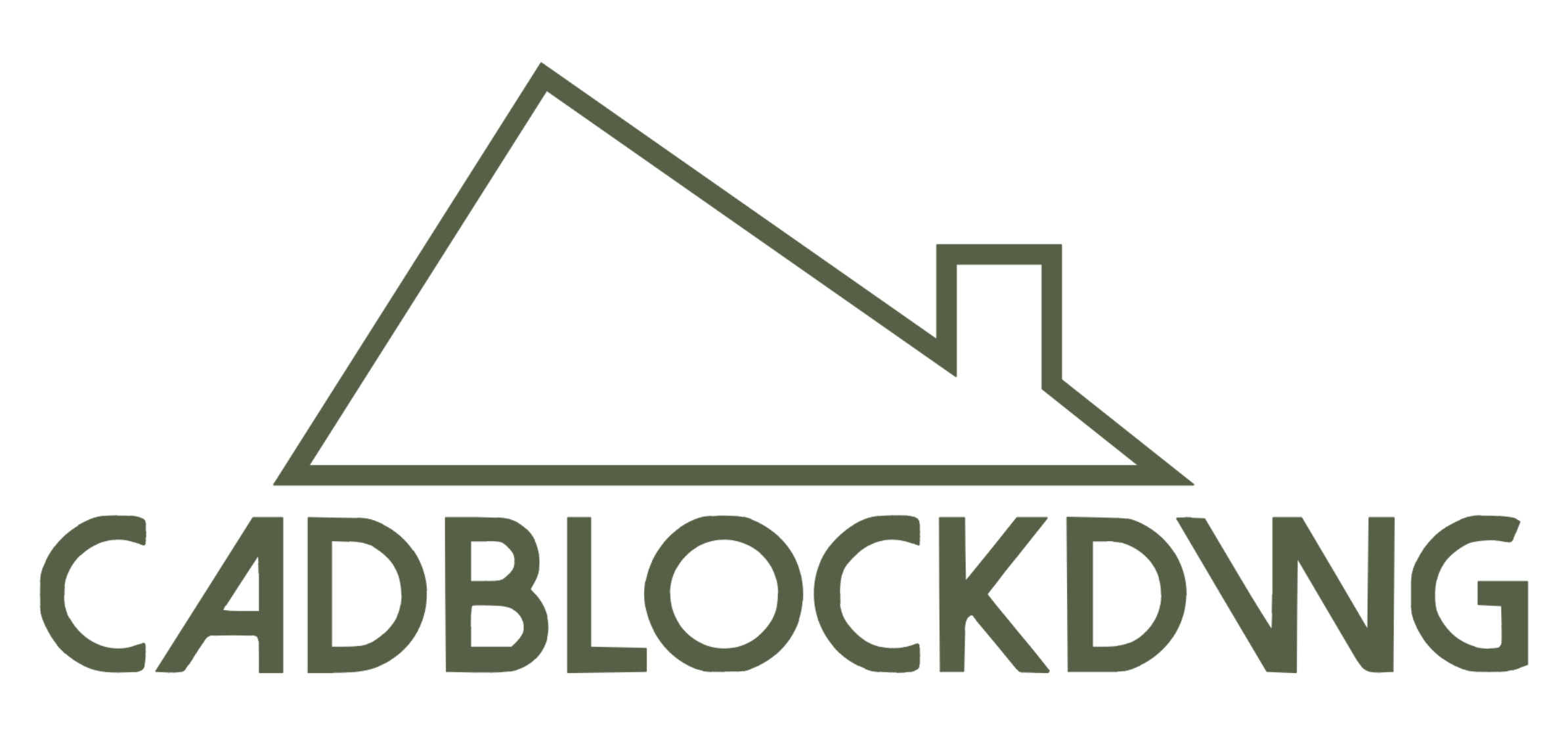As a landscape architect, I have seen firsthand the ways in which technology has transformed the field of architecture. In recent years, advances in technology have enabled architects to design buildings that are more efficient, sustainable, and visually stunning than ever before. In this blog post, I will explore the ways in which technology is being used in modern architecture, and how it is shaping the built environment.
One of the most significant ways in which technology is impacting architecture is through the use of computer-aided design (CAD) software. This software allows architects to create detailed, accurate 3D models of buildings, which can then be used to test the feasibility of different designs, and identify any potential issues before construction even begins. Not only this but, the use of Building Information Modelling (BIM) software allows architects and builders to create more coordinated and efficient construction and maintenance processes.

In addition to CAD and BIM, virtual reality (VR) and augmented reality (AR) are also becoming increasingly important tools in the architectural design process. These technologies allow architects to create immersive, interactive visualizations of buildings, which can be used to communicate design ideas to clients, stakeholders, and other members of the design team. It can also be used to test the functionality of design and how it would work in the real-world.
Another key area in which technology is impacting architecture is in the realm of sustainability. Many architects are now using technology to design buildings that are more energy-efficient, and that are better able to withstand the effects of climate change. For example, building simulation software can be used to model how a building will perform in different climate conditions, and to identify ways to improve its energy efficiency. Architects can also use other technologies like solar panels, wind turbines, and green roofs to make buildings more sustainable.
Smart building technologies are also a major part of technology in architecture. These technologies allow architects to design buildings that are more responsive to their environment, and that can adapt to the changing needs of the people who use them. Smart buildings use sensors and other technologies to monitor things like temperature, lighting, and occupancy, and then use that information to optimize building performance. This not only leads to a more comfortable environment for building users but also can help reduce energy consumption.
In addition to all these technical advancements, technology is also revolutionizing the way architects collaborate with clients and other stakeholders. Platforms like cloud-based project management tools, and video conferencing software, allow architects to work with clients and other members of the design team from anywhere in the world. This not only increases efficiency, but it also enables architects to tap into the expertise of professionals from different disciplines and backgrounds, leading to a more diverse and holistic design process.
In addition to the ways I previously mentioned, technology is also playing a role in the construction process of buildings. With the use of drones and 3D printing, architects and builders can now survey sites and create building components with greater accuracy and speed. Drones can be used to create detailed topographical maps and take high-resolution photographs of a construction site. This enables architects to have a better understanding of the land and its features before designing a building. On the other hand, 3D printing allows architects and builders to create complex and intricate building components quickly and with less waste. This can greatly speed up the construction process, reduce costs and improve the precision of the final product.
Moreover, technology is also changing the way we interact and experience buildings. With the integration of Internet of Things (IoT) devices, architects can create buildings that can sense and respond to the presence of people, providing a more personalized and responsive experience. For example, a building can adjust its lighting and temperature based on occupancy, or provide directions to specific locations within the building. In addition, architects are also experimenting with smart glass, which can change its transparency and reflectivity based on the position of the sun, to provide natural light and reduce the need for artificial lighting.
Technology is also having an impact on the materials and methods used in architecture. For example, advances in manufacturing and materials science have made it possible for architects to use new and innovative materials, such as cross-laminated timber (CLT) and engineered wood products. These materials are not only renewable and sustainable, but also have structural and thermal properties that are comparable to traditional materials like concrete and steel. Additionally, technology has also made it possible for architects to explore new methods of fabrication and construction, such as robotic fabrication and 3D printing, leading to an increase of possibilities for architectural designs.
Furthermore, technology is also creating opportunities for architects to engage with the community and make a positive impact on society. For example, architects are using virtual and augmented reality to create interactive visualizations of proposed buildings, giving community members an opportunity to explore and provide feedback on the design. Architects can also use technology to collect data from buildings, such as energy usage and occupancy, to better understand how buildings are being used and how they can be improved. Additionally, with the use of Building Operating Systems (BOS) technology, architects and building managers can make sure building are operating in an optimal and efficient way.
In conclusion, technology is having a profound impact on the field of architecture. From the design and construction process to the materials and methods used, and the way we interact with buildings. It allows architects to create buildings that are more sustainable, efficient, and visually stunning, while also providing opportunities to engage with the community and have a positive impact on society. As technology continues to evolve, the possibilities for architecture will continue to expand, leading to the creation of better, more livable and resilient cities.
All in all, it is clear that technology is having a major impact on the field of architecture. From the way architects design buildings, to the materials they use, and the way they collaborate with clients and other stakeholders, technology is shaping the built environment in new and exciting ways. As a landscape architect, I am excited to see how these technologies will continue to evolve and to find new ways to use them to create better, more sustainable, and more beautiful buildings.
For CAD Blocks, visit us now.

